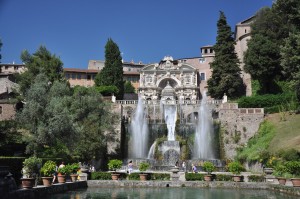It was still the first week in Italy and I did not speak nearly as well as I do now. I wanted to do the “When In Rome” thing and try all of the local customs, as one should when studying abroad. Right outside of the CIEE building where we had just finished our first day of orientation was an Italian bar.
It was early, I was tired, and we were in Italy. Obviously the bar was summoning me to its fine Italian brew. My new friends and I wandered over to the bar. I was the first to order. I am not a big coffee drinker: I know very little about American coffee, much less the seemingly endless varieties Italian bars have to offer. All I knew at the time was that if I was going to get into this coffee thing I was going to have to take baby steps. The first coffees needed to have copious amounts of milk. Earlier in the week I had tried a Latte Macchiato. It was a good mix of coffee and milk but I figured that I could use a bit more milk. So I found a friendly name on the menu and asked the barman, “Cos’è un Latte Bianco?” (What is a “latte bianco”?)
I knew I had nailed the question when he answered rapid-fire style,“Un latte bianco è una tazza di latte caldo. Ne vuoi uno?”
As I alluded to before, I spoke a little bit of Italian when I arrived in September but just was not able to completely comprehend his response. In fact, I did not really hear much of anything. I just smiled and nodded, then looked at the girl next to me. She was not really paying attention. Again, this was the first week and my new friend next to me was really cute, so I decided that I preferred to not embarrass myself by asking for clarification. Instead, I just nodded, “Si, lo prendo.”
I thought, what’s the worst that can happen? He gives me too strong of a coffee while I look awesome speaking Italian with the barman in front of this girl? Well worth the risk of getting even the worst coffee in my book.
As the barman reaches under the counter to grab an empty glass, the girl asks me what I had ordered. I come clean: “I’m not really sure, I asked him what a Latte Bianco was and he said something about milk. I think it’s got a lot of milk and a little bit of coffee.”A lot of milk indeed.
Before Krista can respond we both watch the barman take the empty glass, fill it completely with warm milk, and put it on the counter in front of us. “€1.20,” he says with a smile. Krista starts laughing and I grin sheepishly while I pull my wallet out. So that’s how I paid $1.50 for a warm glass of milk at 9am on my third day abroad.
To me, this story sums up my time abroad. Not in the sense that the majority was lost in translation but rather that I was prepared for struggles and failure yet would be willing to shake it off in an effort to improve my Italian and experience everything this country offers. I knew it would not be easy living in a foreign country where my mother tongue is not universal; in fact, that was one of the main reasons I was attracted to this opportunity in the first place.
Studying abroad is about losing things in translation, not understanding cultural differences, and flat out looking foolish at times. That is just the way it is. The best way to handle that is to just relax, laugh off the awkwardness, and get back on the horse for another ride. I knew that before I committed to studying abroad and my thoughts on the matter have not wavered in the year since. This experience at the bar early in my year abroad just worked to reinforce that idea in my head and set the tone for an incredibly rewarding time in Italy. After all, studying abroad is about appreciating one moment outside of your comfort zone after another. That, and enjoying a warm glass of milk once in a while.
– Beau Battista, Italy
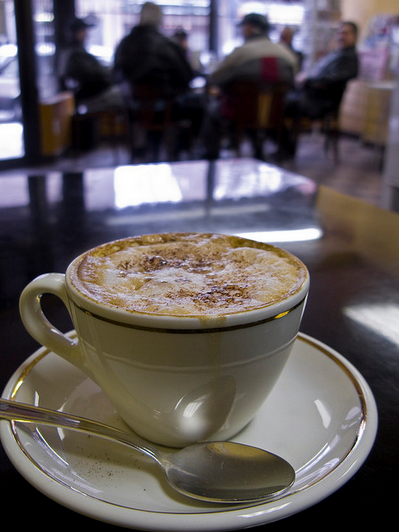


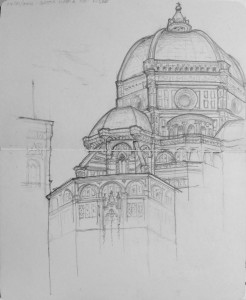 Vicenza feels authentic and real. In Vicenza, I am greeted by “Buongiorno” or “Salve”, not “Hello.” Paying and waiting in lines is not required to experience Vicenza, yet there is still plenty to marvel at.
Vicenza feels authentic and real. In Vicenza, I am greeted by “Buongiorno” or “Salve”, not “Hello.” Paying and waiting in lines is not required to experience Vicenza, yet there is still plenty to marvel at. The Basilica and its brilliant copper roof serves as a beautiful landmark and is the anchor of the city. It is a daily destination for me as well as others in town. In addition to the Basilica, Vicenza has an amazing collection of Palladio works. The Villa Rotunda was among my favorite buildings to sketch and the Opera at the historic Teatro Olimpico was spectacular.
The Basilica and its brilliant copper roof serves as a beautiful landmark and is the anchor of the city. It is a daily destination for me as well as others in town. In addition to the Basilica, Vicenza has an amazing collection of Palladio works. The Villa Rotunda was among my favorite buildings to sketch and the Opera at the historic Teatro Olimpico was spectacular.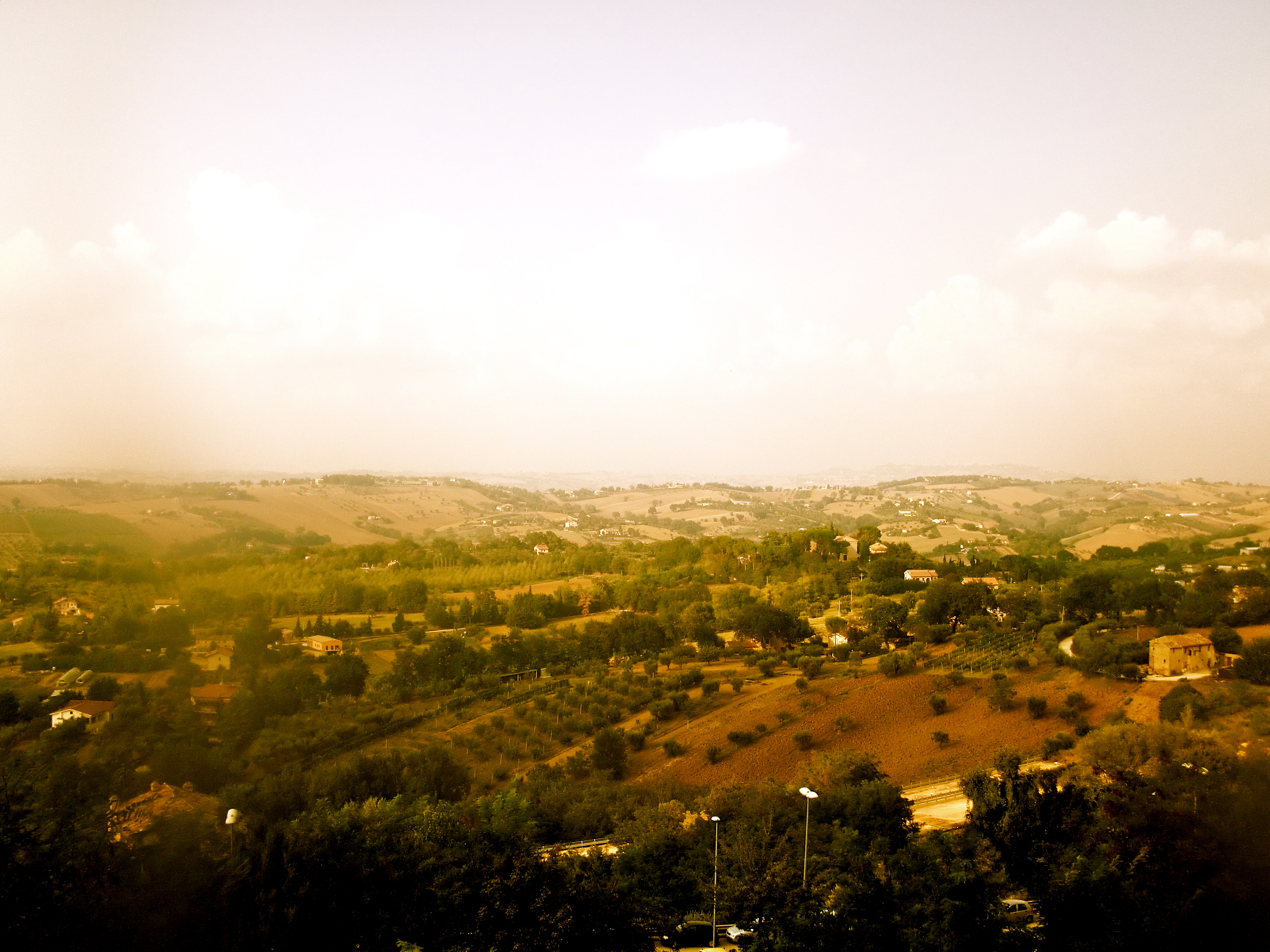
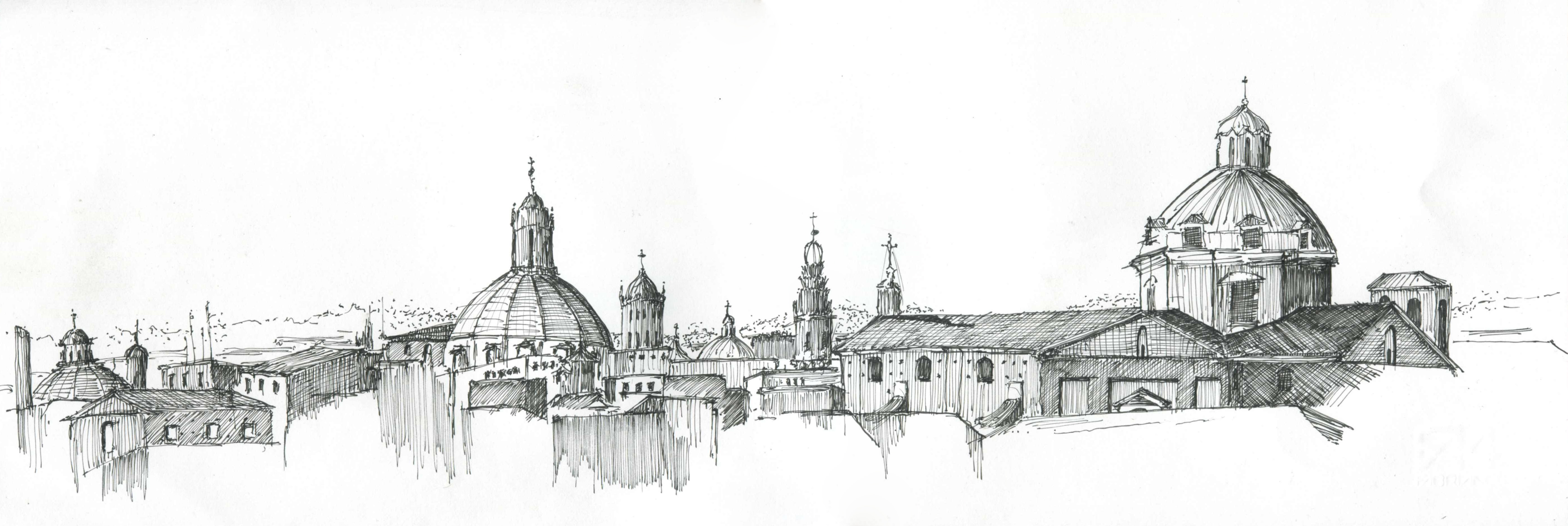
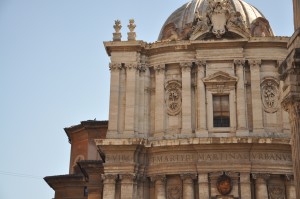 As a student of architecture, the opportunity to study in Rome was invaluable. To be able to see firsthand the art and architecture created long before our country even existed was an incredible experience. Though it is difficult to narrow down what the most compelling thing I experienced was, the Pantheon is one building I will not forget.
As a student of architecture, the opportunity to study in Rome was invaluable. To be able to see firsthand the art and architecture created long before our country even existed was an incredible experience. Though it is difficult to narrow down what the most compelling thing I experienced was, the Pantheon is one building I will not forget.